A sewing machine is a good and faithful assistant for any housewife; no sewing workshop can do without such a necessary unit. Sewing machines come in different types and purposes; it is not at all easy for a beginner to choose a suitable model. Let's talk about which sewing machine to choose, the existing selection criteria and popular manufacturers in more detail.
- Types
- Electronic
- Electromechanical
- Mechanical
- Flat seam
- Embroidery
- Machines for patchwork and quilting
- Main selection criteria
- Types of stitches
- Shuttle type
- Presser foot pressure regulator
- Puncture force
- Presser foot pressure on fabric
- Upper fabric conveyor
- Sewing speed
- Thread tension
- Shuttle device type
- Material of the body and parts
- Automatic or semi-automatic loop
- Paws
- Number of lines
- Shuttle orientation
- Loop processing mode
- Five common mistakes when choosing
- Model overview
- Janome
- Singer
- Bernina
- Brother
- Elna EasyLine
- Bernette
- Pfaff Quilt Expression
- Sewing machine Veritas Rubina
- TOYOTA Super Jeans
- Jaguar
- Astralux
- Minerva
- Family
- Aurora
- Juki
Types
The first sewing machine appeared quite a long time ago. It was mechanical, had limited functionality, allowing sewing only with straight stitches. Among modern devices there are mechanical models, but they are rather a tribute to the past. The variety of types of sewing units allows even a novice seamstress to work in fairly comfortable conditions, without worrying about constant manual mode changes, torn threads and broken needles.
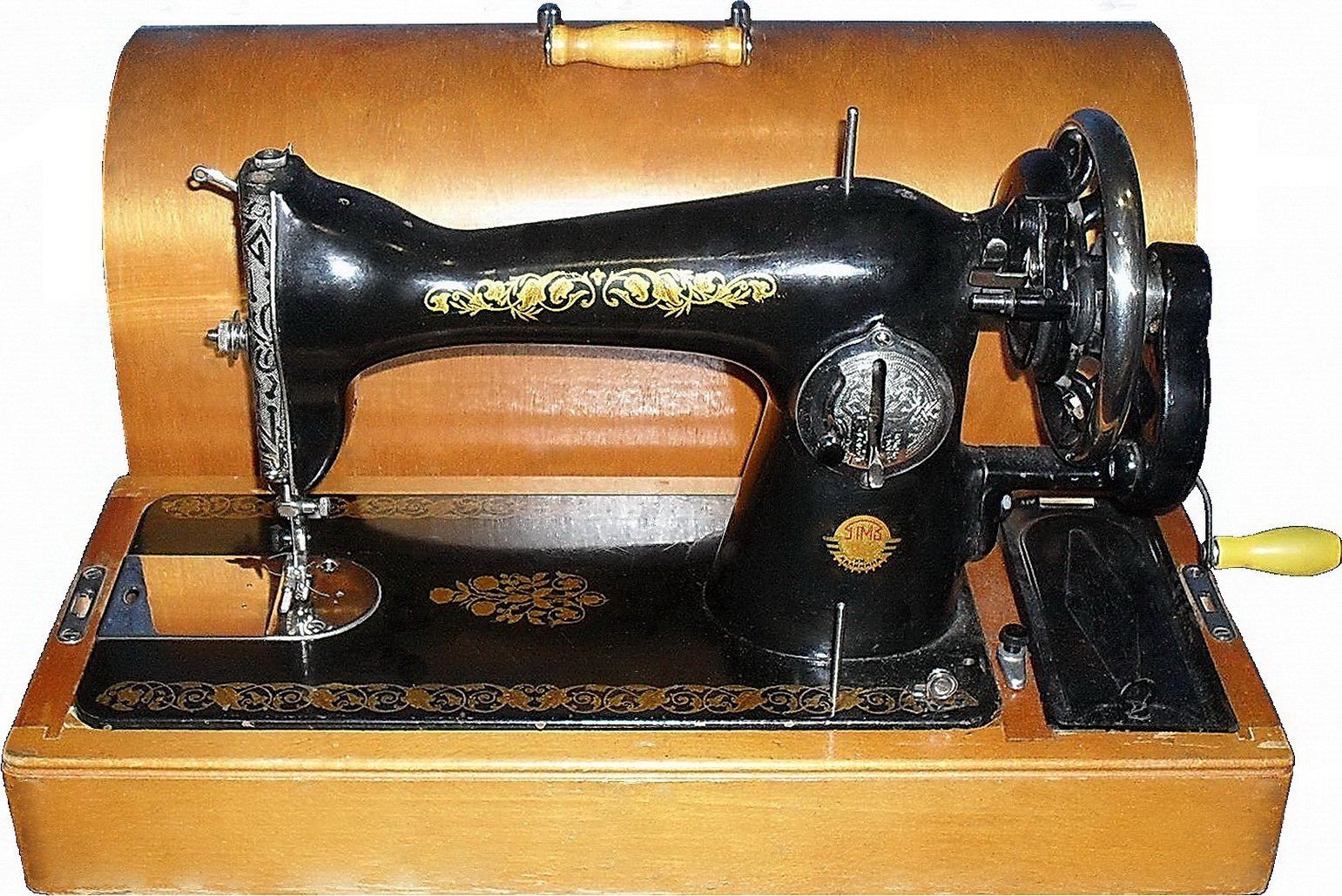
Electronic
This type of sewing unit is somewhere in the middle between electromechanical and computerized models. They work due to electronics, but do not require manual (mechanical) control. They do not have a liquid crystal display, which allows you to configure computerized models, but there is an electronic display. The machine is controlled by special programs, differs from electromechanical devices:
- the presence of a modern type of shuttle (most often it is horizontal);
- no need to twist or turn anything to change the length and width of the stitch (automatic operation);
- the sewing process is controlled by the program (the position of the shuttle, needle, and bar does not need to be changed manually).
Important! The cost of an electronic unit is 2-3 times higher than the price of a conventional mechanical or even electromechanical machine. But the convenience and ability to sew any fabrics fully justify the high cost.
Electronic machines are produced by such well-known manufacturers as Janome, Brother, Singer, Juki. No less famous, but already outdated are machines of the Podolsk brand (produced by the Podolsk plant).
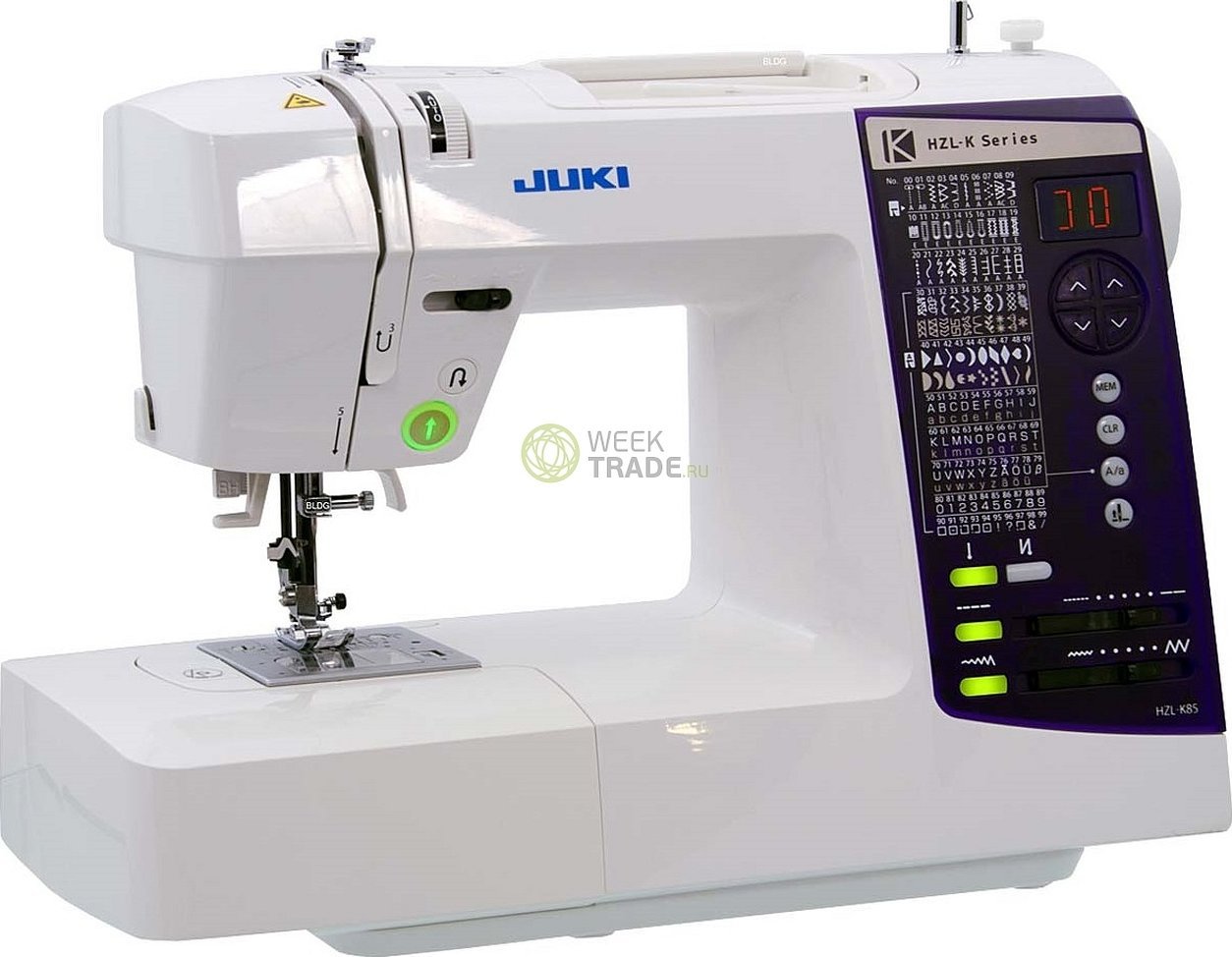
Electromechanical
The most common type of sewing machine. They are powered by the mains, but are activated by a special hand or foot pedal - a drive. They perform about 50-60 functions. It is convenient, safe and fast to work. Most workshops use electromechanical models. With their help, you can make buttonholes and even sew on buttons. They are suitable for semi-professional work, for beginners and experts in cutting and sewing.
Mechanical
They work by rotating the handle or constantly oscillating the pedal and activating the foot drive. They have been in use since the 19th century. They require constant adjustment, manual mode change, are not very convenient, but for sewing, for example, bed linen from fabric that does not require special treatment, a mechanical machine that sews straight seams (some models can create a zigzag seam) will do.

Flat seam
Some types of fabrics are stitched with flat seams (material for making sportswear, underwear). The main feature of such seams is that when stretching the product, the thread does not break, but stretches along with the fabric. The seam is correct, even, the right size even after narrowing back.
Important! Sometimes sewing machines that can be used to create a flatlock seam are called overlockers. They are most often used in industrial production, but there are also models designed for use in everyday life, at home.
Embroidery
The most complex type of sewing machine. Some models can embroider not just patterns on fabric, but entire pictures. Embroidery is done both with satin stitch and cross stitch. They are used mainly in production, since they have large dimensions.
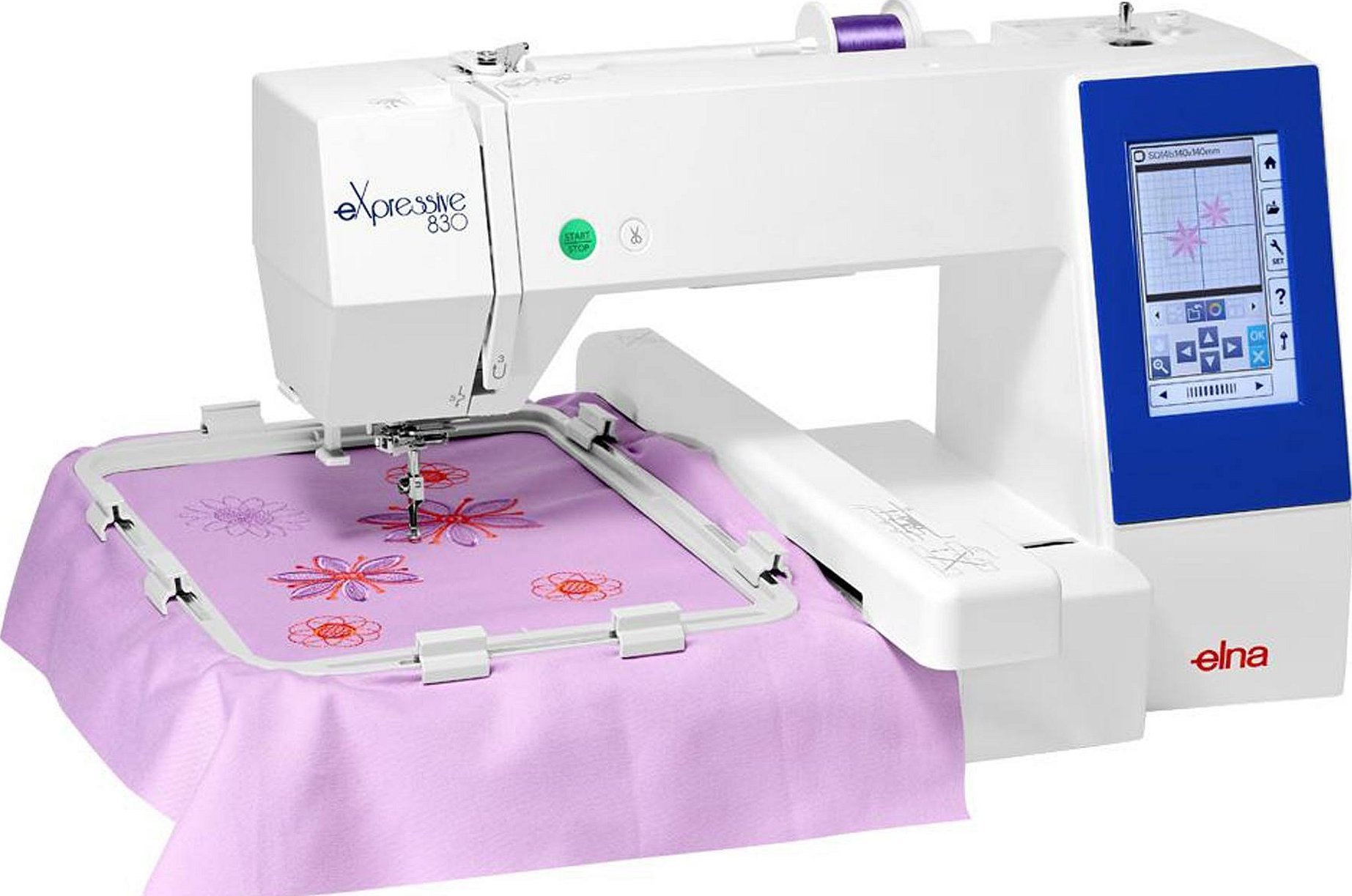
Machines for patchwork and quilting
Many needlewomen are familiar with such a term as "patchwork sewing". Quilting and patchwork are one of the definitions of this term. You can sew beautiful patchwork blankets, bedspreads, carpets by hand, but it is most convenient to do this with a special machine. Patchwork equipment is used both on an industrial scale and at home. The high cost of the units pays off quickly.
Main selection criteria
It is not easy for a beginner to choose a sewing machine. People often focus only on the appearance, manufacturer and cost, while attention should be paid, first of all, to the type of shuttle, the speed of the motor, the types of stitches and other small but important details.

Types of stitches
Modern electromechanical models are capable of working with dozens of different types of stitches, they sew zigzag, process edges. A beginner seamstress only needs to know whether the machine can make a buttonhole in automatic mode. If it can, then such a model is preferable to all others. When buying a machine for sewing bed linen or clothes without buttons, it is enough for the unit to sew straight and zigzag seams. Even the oldest mechanical models can do this.
Shuttle type
An important criterion is the type of shuttle. It can be located vertically or horizontally. With a vertical location, the remaining threads are not visible during sewing, and a lot of noise is created. A horizontally located shuttle works silently.
Presser foot pressure regulator
When choosing, preference is given to those models that are equipped with all kinds of paws and regulators for pressing the paw on the fabric. This is an important parameter that allows you to sew very thin fabrics without worrying about the material slipping. In computer models, the paw pressure is adjusted automatically.
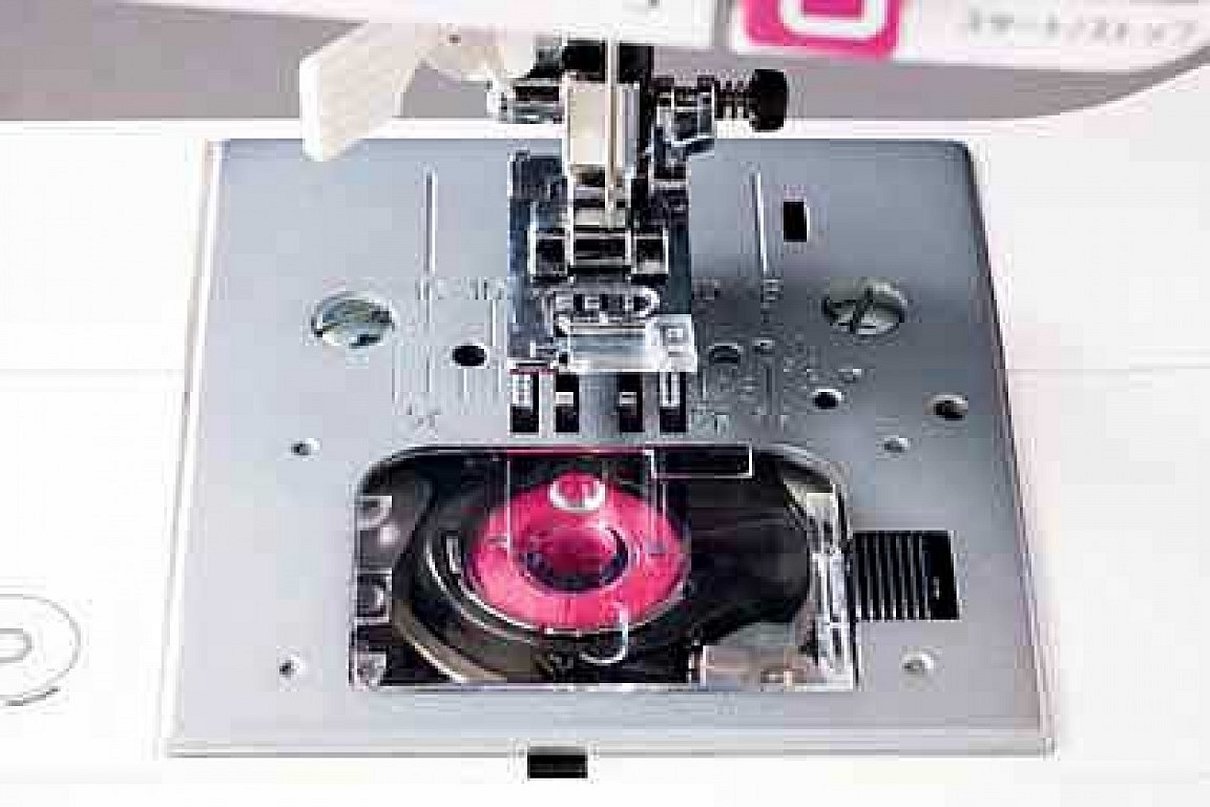
Puncture force
If the machine has a puncture force regulator, you can sew very dense fabrics at the lowest possible speed.
Presser foot pressure on fabric
The denser the fabric, the less the foot should press on the fabric. This is monitored by the pressure regulator.
Upper fabric conveyor
It can be built into the machine or purchased separately. If the conveyor is built in, then the presence or absence of a regulator of the foot pressure on the fabric does not matter. It is not needed. The presence of the upper transport improves the quality of the stitch.
Sewing speed
If a beginner seamstress chooses a sewing machine, she must pay attention to the presence of a maximum speed limitation function. Once you set the sewing speed, you can not worry that with strong or insufficiently sharp pressure on the pedal, the machine will start to sew faster or slower.
Thread tension
The thread tension regulator is needed by seamstresses who plan to stitch gathers (curtains) or make the lines more decorative. If there is no plan to decorate the clothes, the lines are made with a simple seam, then there is no need for a regulator.
Shuttle device type
There are several types of shuttles:
- pendulum (a reliable shuttle, but has such disadvantages as low stitching speed and a limited choice of stitching options, noise during operation);
- vertical double-circle (a machine with this type of shuttle sews very quickly, its parts do not wear out for a very long time, the seamstress will be happy with the purchase);
- horizontal (a shuttle without a bobbin case, which allows the worker to see what is happening with the thread).
Experienced seamstresses recommend vertical double-circle shuttles or less noisy and no less effective horizontal models.
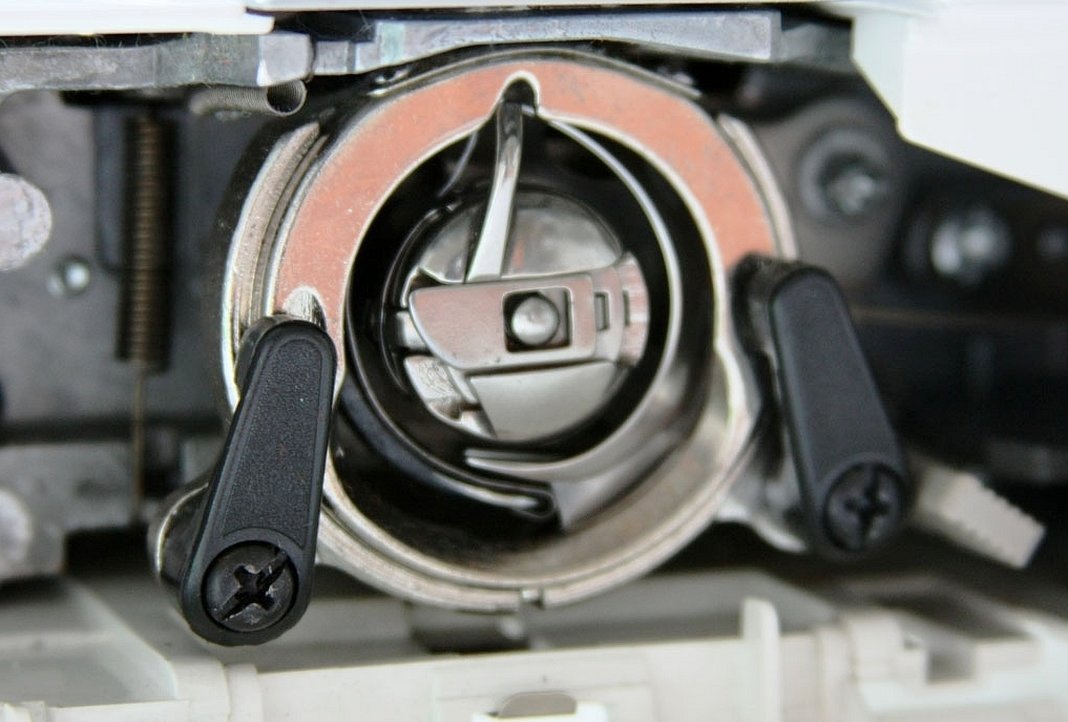
Material of the body and parts
Cheap machines have plastic filling, they often break, sometimes they cannot be repaired. If you plan to use the unit often, it is better to buy a more expensive model, but with metal parts, including a metal body.
Automatic or semi-automatic loop
If you don't want to mess around and have the opportunity to buy a machine with automatic loop creation, then it's better to do so. In automatic mode, the loop is created in one go, without forcing the seamstress to make additional movements.
Paws
One foot costs about 500-600 Russian rubles. In order not to spend money on its purchase immediately after purchasing the machine, even before the purchase, study the equipment of the unit, checking the presence or absence of the necessary additional parts. The seamstress most often needs the following feet:
- standard;
- overlock (used to process edges);
- helping to sew in zippers, including hidden ones;
- to create loops automatically;
- for sewing with even parallel lines.
Some of the paws are already included.
Number of lines
Only 10% of all machine stitches are used to sew something, the remaining 90% are decorative. With their help, you can beautifully process edges and even embroider something. The machine must be able to sew:
- straight lines;
- zigzag.
It should be convenient to use it to sew on elastic, stitch elastic fabric, and strengthen a straight stitch.
Shuttle orientation
Most often, modern machines have a horizontal shuttle built in, but models with a vertical shuttle orientation are also very good. A unit with a horizontal shuttle is chosen by seamstresses who need to work at night and, accordingly, need to reduce the noise level. A swinging vertical shuttle is very noisy, but it is metal and, if necessary, the tension of the lower thread can be easily changed. A rotary vertical shuttle is durable and less noisy, works smoothly, but its horizontal orientation for home sewing has significant advantages.
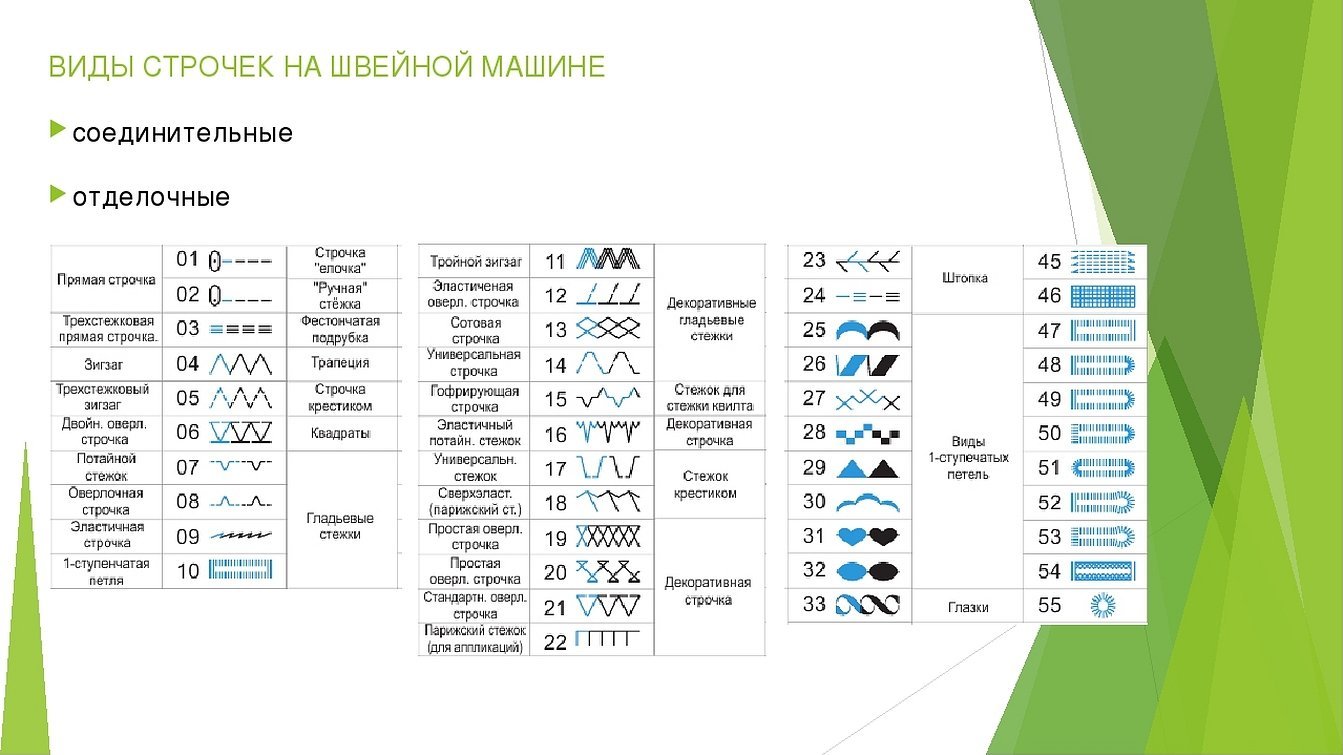
Loop processing mode
Loops are processed in automatic and semi-automatic modes. If possible, the first option is chosen. In this case, the time usually spent on moving the material and switching different levers is reduced.
Five common mistakes when choosing
Most often, when choosing a machine, buyers make the following mistakes:
- They buy the cheapest unit they can find. It is better to get an old but more functional model from someone else than to buy a cheap one, the one they can afford, in a store. Cheaper versions of machines have plastic housings and individual parts. This reduces their operating time and affects productivity. Quality does not always depend on cost, but in this case, everything can be the other way around.
- Buying a machine with many functions. If a seamstress is learning or planning to sew simple things, without decorating them with embroidery, buttons and other decorative elements, then the simplest machine is chosen. This significantly reduces its cost and increases the chances of a long service life.
- Buying little-known brands. The less known the manufacturer, the more difficult it is to find parts for their products in case of a breakdown. Sometimes it is better to pay for a well-known brand, but be sure that the broken machine will be quickly repaired.
- Wrong type of shuttle. If the unit was purchased for use in a home with a small child, it is desirable that it does not generate a lot of noise during operation. Old models with vertical swinging shuttles produce a lot of noise.
- The machine is not functional enough. If you need to embroider or even knit something, you buy devices that have this function. Regular machines do not have the knitting or embroidery function, they can only stitch different types of lines.
Before purchasing a sewing machine, you need to familiarize yourself with existing manufacturers and the models they offer.
Model overview
Much depends on the sewing machine model. Professional seamstresses prefer specific models, but if the device is purchased for the first time, it makes sense to study all the popular manufacturers. The rating of popular models is headed by Japanese and German manufacturers. Experts recommend Singer, but other brands are also good.
Janome
Janom is a Japanese company that produces sewing machines. The cost of the device fluctuates between 5500 and 9200 Russian rubles. They mainly produce electromechanical machines. The manufactured devices weigh little, the body is not heavy, they are easy to operate, they do not create much noise.
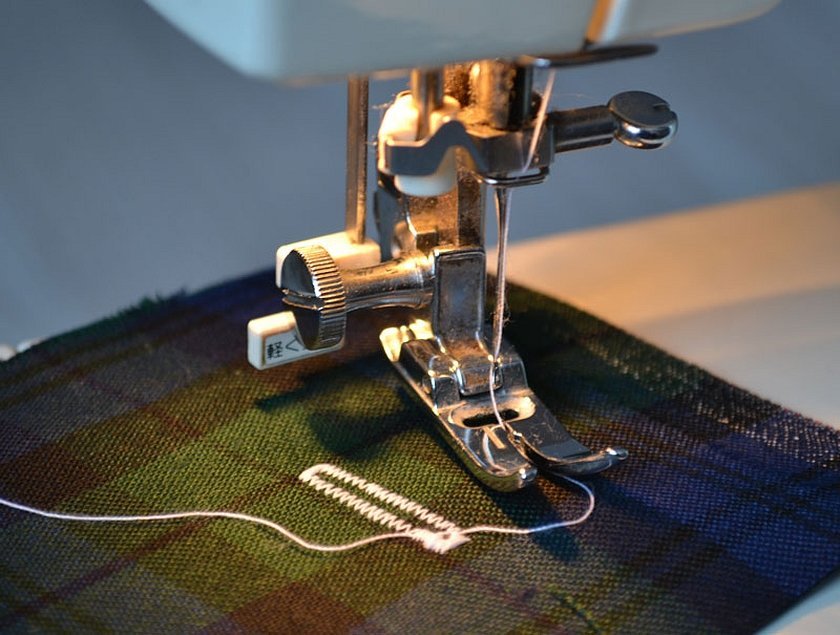
Singer
The oldest manufacturer of sewing machines. Singer can be purchased with a mechanical drive, or you can buy an electromechanical model or attach an electric drive to a mechanical machine. The brand name itself speaks of quality. These sewing machines sew a variety of fabrics, both dense and light, including chiffon.
Bernina
Electromechanical machines for home use are produced under this brand. Even a beginner can figure out the controls. Most machines are capable of performing at least 12 operations per minute. The seamstress can sew on buttons and zippers, the feet are included.
Brother
This manufacturer also supplies computerized models to the market. For example, the owner of the Innov-Is M270 can choose from 181 stitches for sewing, 80 embroidery functions and 10 fonts. If there is a need to decorate clothes, pay attention to the machines of this brand.
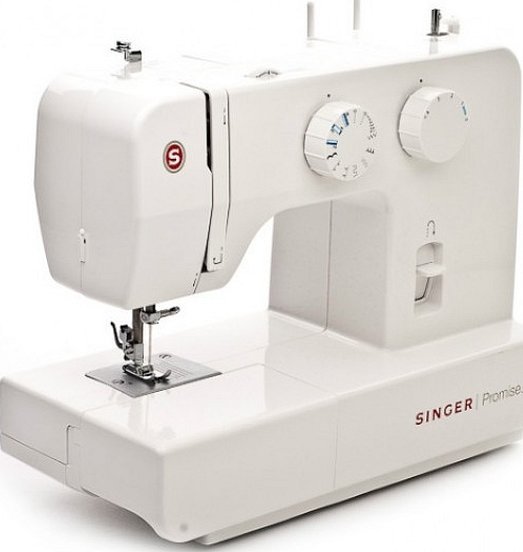
Elna EasyLine
Machines of this company are universal and inexpensive. The only disadvantage is the lack of a threader and the need to buy additional accessories. The machine sews any type of fabric, performs 14 different operations, including overlock stitch and knitted stitch. The cost of the machine depends on the configuration.
Bernette
This model is most suitable for professional seamstresses who do embroidery. A variety of functions, the ability of many machines to connect to a computer and receive a pattern from there directly, make it an indispensable assistant for decorators and designers. If there is a need to combine the functions of a sewing and embroidery machine, then this brand should not be ignored, especially the Bernina Chicago 7 machine.
Pfaff Quilt Expression
This is a relatively inexpensive sewing machine model, with which you can not only sew fabrics of any density, but also do patchwork. German manufacturers guarantee quality and reliability.
Sewing machine Veritas Rubina
German brand. Machines produced under this brand are equipped with a special needle for sewing thick fabrics, a motor that guarantees long-term operation. The joints are made of metal. When buying, keep in mind that this is not the most common model, so getting spare parts may not be easy.
TOYOTA Super Jeans
Electromechanical models with a horizontal shuttle are made in China. The machine is considered universal, it is bought by both beginners and professional seamstresses who sew jeans or leather.
Jaguar
One of the best models of sewing machines from a Japanese manufacturer. It can perform both universal work and those that other simpler models of machines cannot handle.
Astralux
This brand of machines is the leader in production and sales in European countries. There are so many models that they can satisfy any taste and wallet. The brand also produces overlocks, goods for needlewomen. Most users have the most positive opinion about Astralux.
Minerva
This brand produces excellent electromechanical (capable of performing up to 200 operations) and computerized sewing units. The cost of individual models is quite high, but a good machine can be purchased at a relatively low price if you know what functions are needed.
Family
Sewing machines of this brand are not only of very high quality, but also have a four-year warranty for the elimination of manufacturing defects. Buying a Family machine is the best solution for saving the family budget.
Aurora
The largest sewing brand in Russia. Under this trademark, both simple machines and devices designed for patchwork sewing and embroidery are produced.
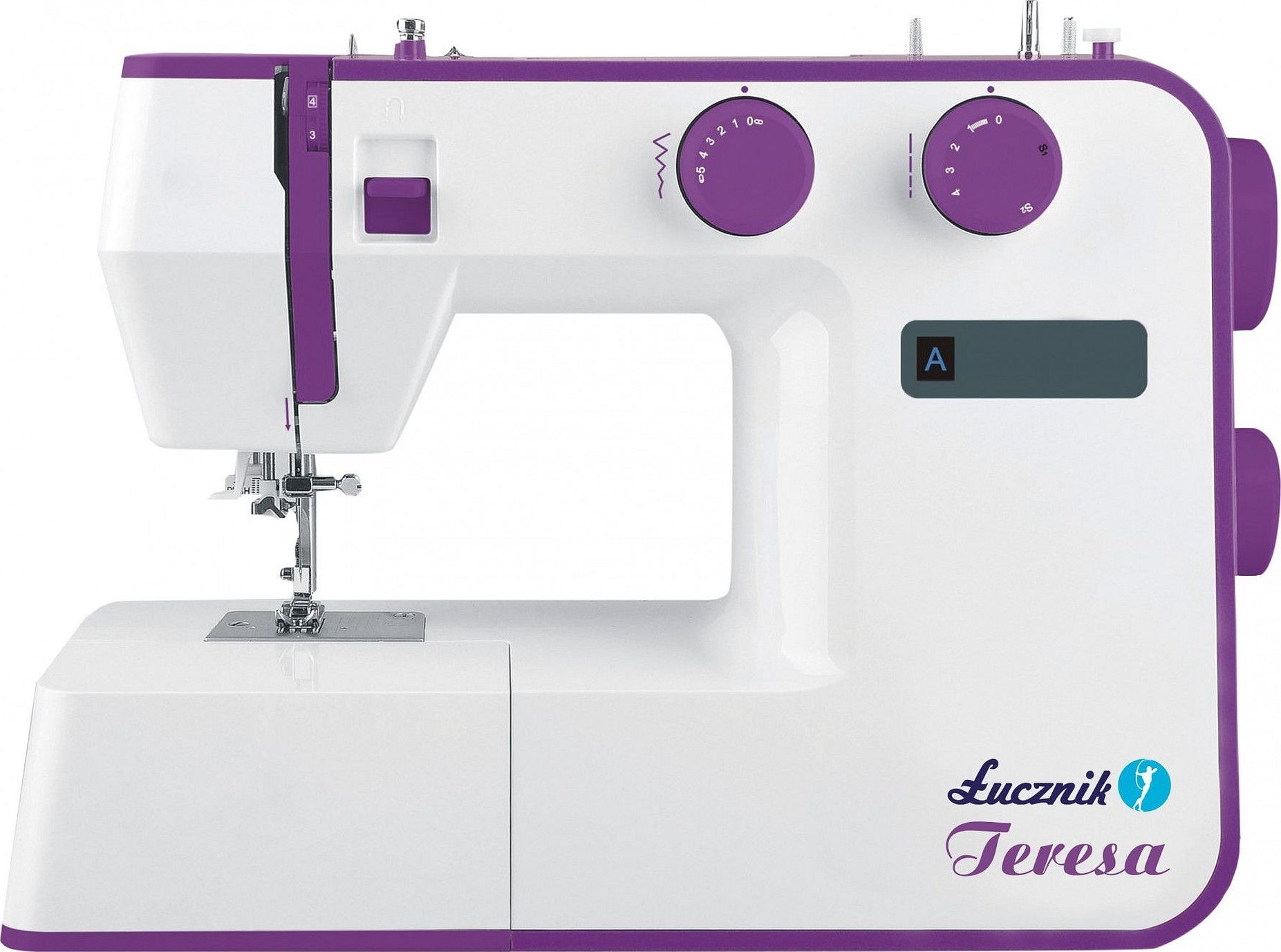
Juki
Multifunctional sewing machine. For example, Juki HZL-F300 performs up to 100 operations. Units of this brand are more suitable for professionals than for beginners. The sewing speed is high, it makes almost no noise.
Choosing a sewing machine is not as easy as it seems. Each model has its own special functions, one makes noise, another sews at a lower speed than required. When choosing, focus mainly on your own needs, do not chase the brand, if there is no need for the embroidery or overlock function, then refuse equipment equipped with it, this allows you to save significantly.
When buying, pay attention not only to the appearance, but also to the equipment and what the main parts are made of. If the machine is mainly made of plastic, it will serve for a shorter period of time than one made of metal. Sewing machine models differ from each other, but only professionals can see this difference, so it is not always worth chasing the brand when buying. Sometimes it is better to buy an antique, but with the necessary functions, than a new product, but one that will be difficult to learn to operate.




